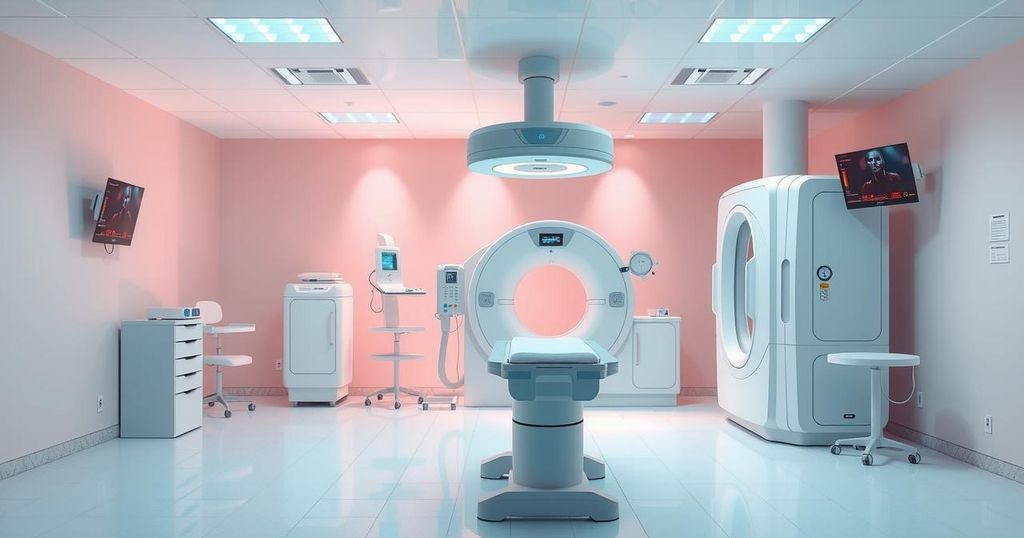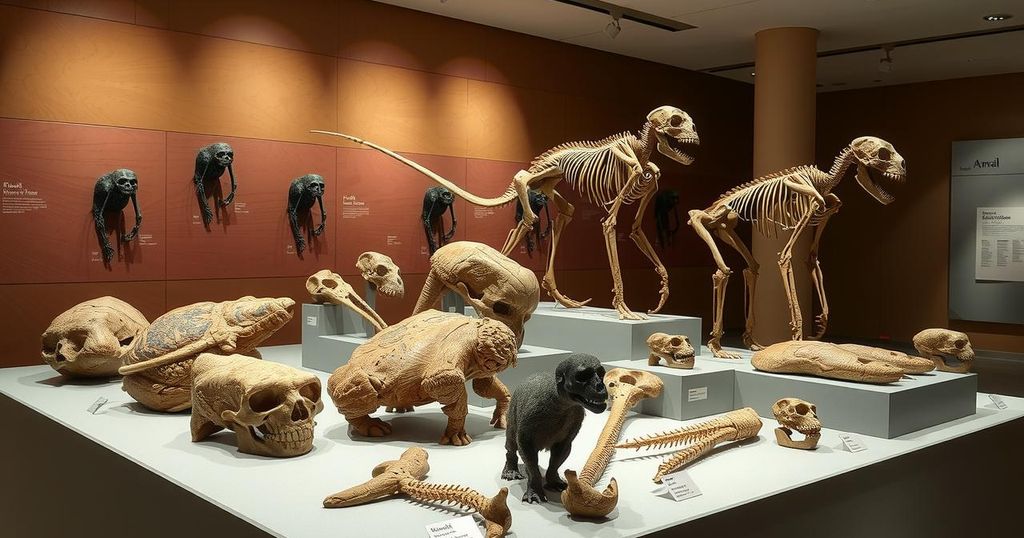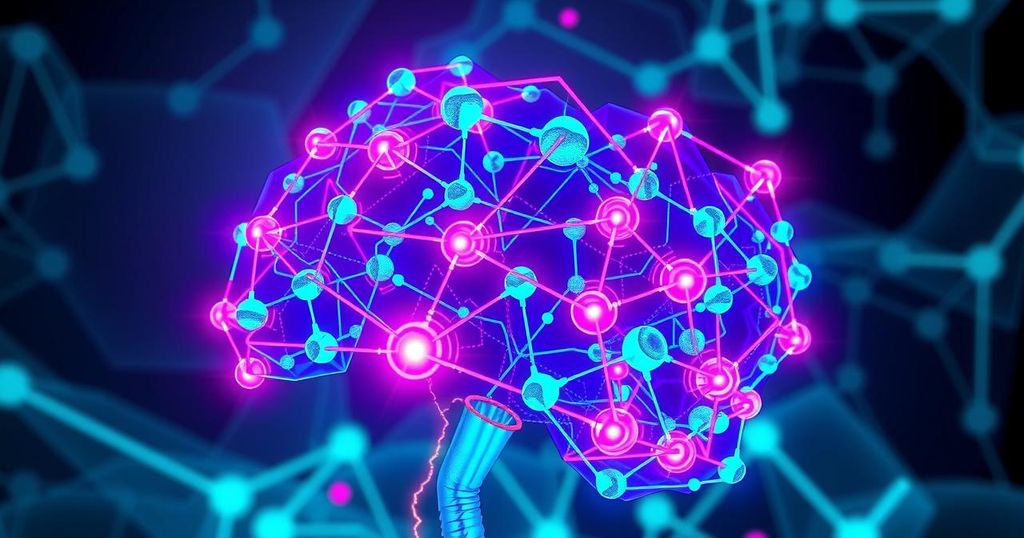A.I. in Radiology: Collaboration Over Replacement at Mayo Clinic
Despite early predictions of A.I. taking over radiology jobs, the technology has instead enhanced efficiency. At the Mayo Clinic, radiologists now partner with A.I. to improve imaging and patient outcomes. Demand for radiologists is expected to grow, ensuring their continued relevance even in an A.I.-driven landscape.
In a surprising twist in the world of radiology, experts had predicted that artificial intelligence (A.I.) would be the harbinger that would claim jobs in the industry. But that’s not the case—at least not at the Mayo Clinic. There, instead of replacing radiologists, A.I. technologies have become an ally, enhancing efficiency and accuracy in medical imaging processes.
Back in 2014, the high-profile A.I. scientist Geoffrey Hinton believed the future was bleak for radiologists, suggesting training should cease. He thought A.I. would take over within five years, outpacing human capabilities. Fast forward nearly a decade, and radiologists are more crucial than ever. The American College of Radiology even forecasts increasing demand for their services up to 2055.
While Hinton’s insight into A.I.’s impact on radiology wasn’t entirely off the mark, it turned out, rather than wiping out jobs, the technology offers a transformative edge. This evolution can be seen at the Mayo Clinic, known for its advanced medical care. Here, A.I. assists in sharpening images, automates dull tasks, identifies abnormalities, and even helps predict diseases.
Dr. Matthew Callstrom, chair of radiology at the Mayo Clinic, reflects on Hinton’s original forecast from 2016, saying, “But would it replace radiologists? We didn’t think so. We knew how hard it is and all that is involved.” Radiologists are not just image interpreters; they engage in complex decision-making that A.I. is not fully equipped to replicate—at least not yet.
Instead of facing job loss, radiologists are experiencing a new era of collaboration. By leveraging A.I. as a secondary support system, they can focus on more intricate cases that demand human insight and nuanced judgment. A.I. has effectively lifted the burden of repetitive tasks, allowing professionals to spend more time on patient care—what they do best.
In short, this intersection of artificial intelligence and radiology is redefining the profession, enriching the skills that radiologists already possess rather than replacing them. The future might be unpredictable, but the current trajectory suggests a fruitful partnership, not a bitter rivalry, between humans and machines.
So, as the technological landscape continues to evolve, it remains to be seen how far A.I. can advance in healthcare and what that means for the dedicated professionals behind the screens. For now, it seems radiologists will adapt, thrive, and continue doing what they do: safeguarding health one scan at a time.
In conclusion, while fears of A.I. taking over radiology jobs seemed imminent years ago, reality has shaped a different picture. At institutions like the Mayo Clinic, A.I. has blended into daily operations, enhancing the performance of radiologists rather than eliminating them. The evidence points toward a future where technology empowers professionals in this field, increasing their capacity to provide quality patient care.
Original Source: www.nytimes.com




Post Comment